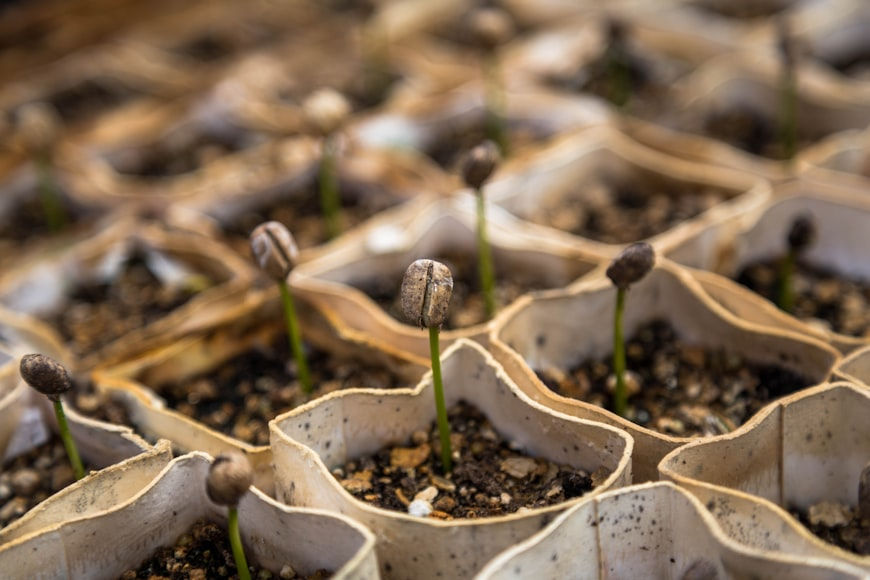Natural Processing, Explained
- nonisroastery
- Sep 27, 2024
- 1 min read
Have you ever wondered how your favorite cup of coffee gets its unique flavor and aroma? The secret lies in the processing method, which plays a huge role in shaping the final taste. Let's explore the four main coffee processing categories: Natural, Washed, Honey, and Pulped Natural. First up, we have Natural - the oldest and most traditional method.
This labor-intensive process involves laying out coffee cherries on a flat surface for 3-6 weeks, carefully rotating them with a rake under the sun until the moisture content drops from 45-55% to 10-12%. The result? A rich, full-bodied coffee with intense fruity and floral notes and a hint of winey acidity.
Despite its inconsistency, Natural processed coffee has a loyal following worldwide. It's sourced mainly from countries like Ethiopia, where water scarcity makes this method a vital economic choice. Yet, even countries with ample water resources are drawn to Natural processing for its unique flavor profile. While it yields less than washed processing, Natural processing brings an unmistakable wild flavor that coffee enthusiasts adore. Join us as we delve into the world of coffee processing and uncover the distinct characteristics of each method!




コメント